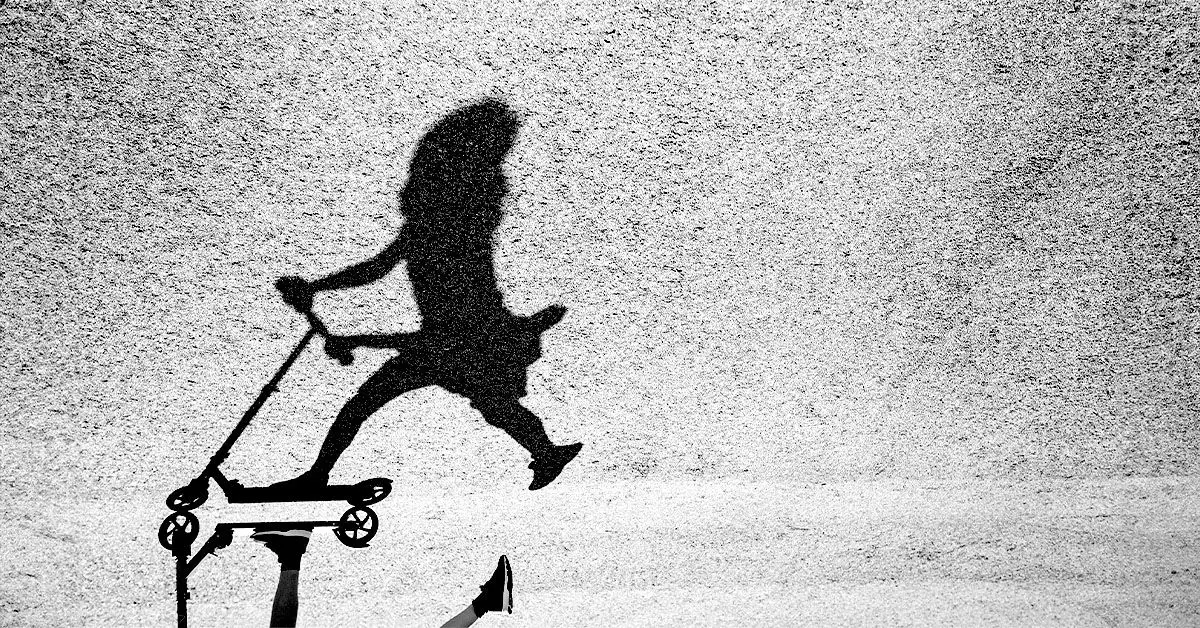Child sexual abuse is an alarming issue that affects countless children worldwide. The effects of such trauma can be devastating, leading to long-term physical, emotional, and psychological repercussions. Given the serious nature of this subject, it is vital for parents, educators, and guardians to understand the signs of abuse and how to respond appropriately. Often, children lack the language to communicate their experiences, making it even more critical for adults to be aware of various indicators that may suggest abuse is occurring.
Physical Indicators of Abuse
Detecting physical signs is one of the key ways to identify possible child sexual abuse. These signs can be varied and may manifest as unexplained injuries or unusual physical symptoms. Here are a few notable manifestations:
1. **Unexplained Bruises or Injuries**: Children who have experienced sexual abuse may have bruises or injuries around their genital or anal areas. Such injuries may not have a logical explanation, and adults should take any unexplained physical marks seriously.
2. **Seeking Relief for Pain**: Children may experience pain when engaging in normal activities such as walking or sitting. This discomfort could stem from trauma and warrants further investigation.
3. **Increased Infections**: A noticeable rise in urinary tract infections or yeast infections might indicate abuse. Frequent health complaints of this nature should prompt adults to consider the possibility of underlying trauma.
4. **Disturbing Evidence**: Stains or tears in underwear can serve as definitive signs of abuse, especially if they coincide with other physical indicators.
Understanding these physical markers can enable caregivers to take prompt action, thereby preventing further harm.
Behavioral changes often emerge as some of the most telling signs of abuse. Since children process trauma differently, the behavioral response can vary significantly. Here are some critical behavioral indicators:
1. **Academic Decline**: A sudden drop in school performance can reflect an internal crisis. A once-enthusiastic learner may start to show disinterest in schoolwork, leading to dropped grades and behavioral issues.
2. **Social Withdrawal**: Isolation from friends and family is often a key sign of distress. Children may retreat into themselves, avoiding activities or relationships that remind them of their trauma.
3. **Regressive Behaviors**: When children revert to behaviors typical of younger ages, such as bedwetting or thumb-sucking, it can signal an inability to cope with stress and trauma.
4. **Fearfulness**: An exaggerated fear of certain individuals or environments can suggest that a child associates these entities with their abusive experiences.
5. **Inappropriate Sexual Behavior**: Children exhibiting sexual behavior or understanding beyond their years may have been exposed to traumatic experiences. Such actions merit immediate attention.
Recognizing these behavioral shifts is indispensable for anyone who interacts with children, as they can pave the way for intervention and support.
The impact of sexual abuse can profoundly affect a child’s mental well-being. Recognizing these psychological signs is crucial for providing effective support:
1. **Emotional Distress**: Signs such as prolonged sadness or anxiety should be taken seriously. Children may express feelings of despair, which can escalate if not addressed.
2. **Trouble Sleeping**: Nightmares and difficulties sleeping can signify unresolved trauma. Children may frequently wake from sleep in distress or experience a cycle of insomnia due to their fears.
3. **Low Self-Esteem**: Expressions of worthlessness or overwhelming self-doubt are often signs of abuse. Children may criticize themselves and withdraw from activities they once enjoyed due to feelings of shame.
4. **Changes in Eating Habits**: Unexplained changes in appetite, whether increased or decreased, should raise red flags. Some children may attempt to exert control over their lives through food, resulting in potentially harmful eating behaviors.
5. **Self-Harm**: Engaging in self-injurious behavior can signal profound emotional pain. Such actions are often cry for help and necessitate urgent intervention.
These mental health indicators are essential for recognizing the extensive impact of abuse on children, necessitating swift action.
When an adult suspects a child may be a victim of sexual abuse, it is imperative to respond without judgment. Here are steps to follow:
– **Listening**: If a child confides in you, listen attentively. Provide a safe space where they feel comfortable sharing their story, reinforcing that they are not to blame for the abuse.
– **Documentation**: If you observe physical or behavioral signs, document them carefully. This information can be critical if authorities need to investigate.
– **Legal Obligations**: Certain professionals may have a legal responsibility to report suspected abuse. Familiarizing yourself with local laws regarding mandatory reporting can guide your actions effectively.
– **Contact Authorities**: If there is a strong suspicion or evidence of abuse, notify appropriate authorities. Reporting agencies can take immediate steps to ensure the child’s safety and well-being.
– **Continued Support**: After reporting, maintain supportive communication with the child. Ongoing encouragement can be vital in helping them navigate their distress.
Recognizing the signs of sexual abuse in children is a fundamental responsibility for adults. By understanding the physical, behavioral, and emotional indicators of abuse, you can help protect vulnerable children and facilitate their healing journey. Accessing resources and support systems is crucial for ensuring the safety and recovery of those affected. Engaging in vigilant awareness within communities will foster an environment where children can thrive safely and without fear of abuse.


Leave a Reply